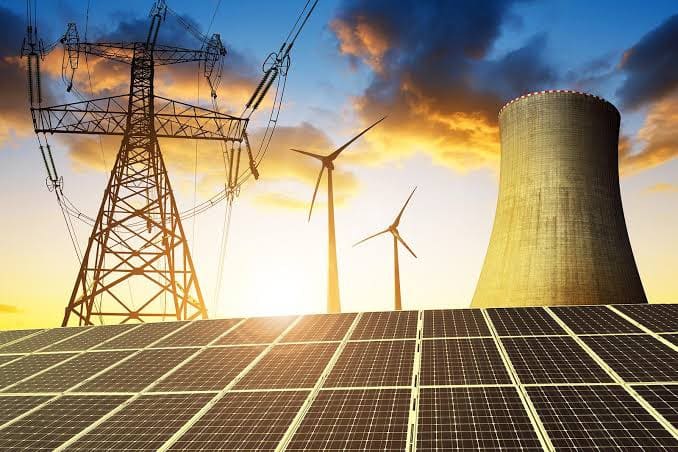EFB Consulting & Investment, a German service company with a young and dynamic infrastructure. Reviews spoken language than German companies are operating in Turkey in 6800.
Contact Us
Solar energy technologies (Solar Panels) collect solar rays vertically and provide heat or electricity generation in these rays.
The source of this energy is the fusion reactions that occur with the conversion of hydrogen on the sun's surface to helium. The most important feature of the energy reaching the Earth from the sun is that it is unlimited. Solar power is an important energy alternative in very sunny countries such as Turkey. This technology is particularly useful for off-grid electricity generation in rural areas. The only disadvantage of this technology is that it cannot be produced at night.
Dams, like HEPPs, are structures built on rivers, but the biggest difference between HEPP and dam.
In dam structures, the front of the river is closed with a "dam" structure and a reservoir is created behind the dam. HEPPs do not have accumulated structures like dams. With these features, they differ from the storage structures known as “dams”. The water reaching the "water collecting structure", namely the "regulator" on the stream, is transferred to penstock pipes and is used here to rotate the wheels of a turbine connected to alternators that generate electricity. This unit where electricity generation takes place is called "power plant".
Sun rays cause different temperature, pressure and humidity on the earth.
These, in turn, cause uneven heating and cooling of the earth. The forces that arise with the different heating and cooling of the earth create air movements.
A heat source is required for storage.
This heat source can be the waste heat of a power plant, as well as solar energy, geothermal energy, etc. there may be heat source systems. The storage of heat energy provides alternative solutions for both heating and cooling by closing the space and time difference between obtaining energy and using it. It increases energy efficiency by saving fossil fuels such as storage electrical energy, coal, natural gas and petroleum, which is applied in the housing, industry, agriculture and transportation sectors.
It is possible to categorize the technologies used in waste to energy under three main headings:
- Physical Technologies: These technologies obtain fuel by mechanically processing waste. The products obtained are called waste derived fuel or recovered solid waste.
- Thermal Technologies: It is the easiest method to apply. Municipal wastes can be directly burned in closed, giant furnaces with plenty of air (oxygen). The heat released turns water into steam. The steam generated turns the generators to produce electricity.
- Biological Technologies: Municipal dumpsites still rank first in the disposal of solid wastes and building materials. The CO2 and methane gases generated in these areas reach significant amounts over time. When methane gas is collected with different collection systems, an important source of heat is obtained. Thus, energy is obtained from waste.